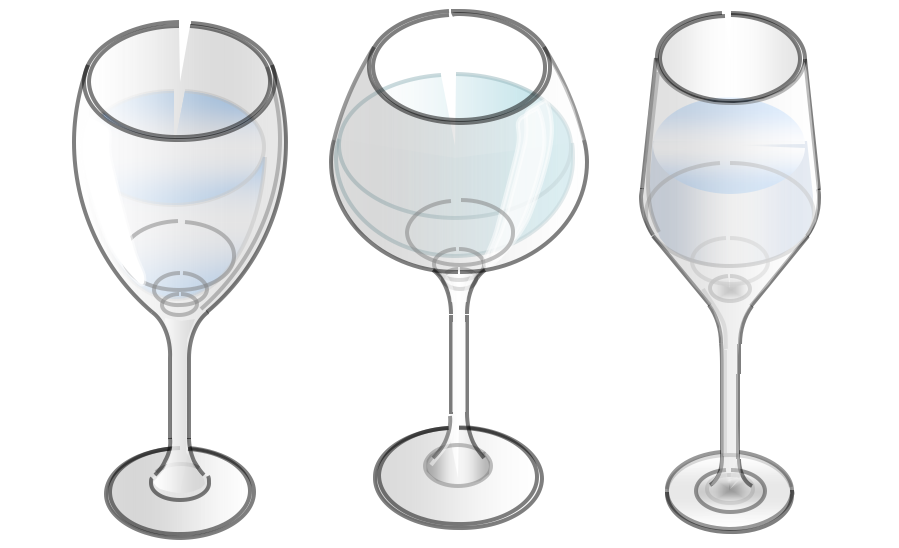This teaching sequence was developed to help understand the phenomena at issue when sounds are perceived by the human ear. The models presented in this guide allow teachers for secondary three (ST or AST) to make the function of the inner ear, specifically the function of the cochlea, more concrete. This sequence also allows the essential role of the basilar membrane in directing sounds with different frequencies to the corresponding cilia cells to be demonstrated. The sequence is spread over about two periods. It calls upon the scientific investigation process.
The sequence is divided into four parts. To begin, the student is presented with a model simulating the propagation of a sound using marbles. Next, a second model is presented, illustrating the vibration of a membrane similar to an ear drum. Then, the student activates and discovers the formation of sounds by wine glasses through a scientific investigation process. Finally, the student explores the phenomenon of resonance, using the model of the basilar membrane.
- Guide for teaching and technical personnel
- Theoretical capsule about the propagation of a sound (Intended for personnel)
- Video about the propagation of a sound (marbles model)
- Video about the ear drum laser model
- Fabrication steps for the ear drum laser model (Intended for personnel)
- Scientific investigative process poster
- Scientific investigation about resonance – Musical glasses
- Theoretical capsule about the model of the basilar membrane (Intended for personnel)
- Video about the model of the basilar membrane of the cochlea
- Fabrication steps for the model of the basilar membrane (Intended for personnel)
Note:
This LES was presented in our training sessions of 2014-2015


